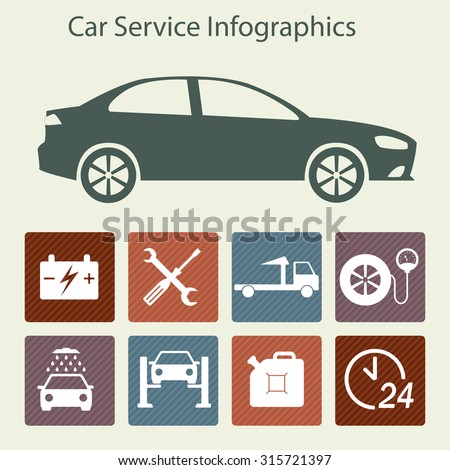Understanding Your Automobile'S Caution Lights: What Do They Truly Mean?
Understanding Your Automobile'S Caution Lights: What Do They Truly Mean?
Blog Article
Post Author-Hartley Winters
When you're behind the wheel, those radiant caution lights on your control panel can be a bit perplexing. Do you recognize what they're attempting to inform you regarding your cars and truck's health? Comprehending the significance of these lights is vital for your safety and the longevity of your automobile. So, the following time among those lights appears, would not you intend to analyze its message accurately and take the needed steps to resolve it?
Common Caution Lights and Interpretations
Recognize usual caution lights in your vehicle and comprehend their definitions to guarantee safe driving.
The most normal warning lights include the check engine light, which signifies concerns with the engine or discharges system. If this light comes on, it's vital to have your car checked quickly.
The oil stress cautioning light indicates low oil pressure, calling for immediate focus to stop engine damages.
A blinking battery light might suggest a malfunctioning billing system, potentially leaving you stranded otherwise dealt with.
The tire stress surveillance system (TPMS) light informs you to low tire pressure, affecting automobile security and gas performance. Neglecting this can bring about dangerous driving conditions.
The abdominal muscle light suggests a trouble with the anti-lock braking system, endangering your capability to quit rapidly in emergency situations.
Last but not least, the coolant temperature level cautioning light warns of engine getting too hot, which can cause serious damage if not dealt with promptly.
Comprehending these usual caution lights will help you deal with concerns without delay and maintain risk-free driving conditions.
Importance of Prompt Interest
Comprehending the usual warning lights in your vehicle is just the first step; the value of immediately attending to these cautions can't be highlighted sufficient to ensure your safety on the road.
When a warning light illuminates on your control panel, it's your cars and truck's means of connecting a prospective problem that needs focus. Ignoring these warnings can result in a lot more severe troubles down the road, jeopardizing your safety and possibly costing you extra out of commission.
Trigger interest to advising lights can stop break downs and mishaps. For example, a flashing check engine light might show a misfire that, if left unattended, might create damage to the catalytic converter. Addressing this without delay can conserve you from an expensive repair service.
In a similar way, a brake system alerting light could signal reduced brake liquid or worn brake pads, critical components for your security when driving.
DIY Troubleshooting Tips
If you observe a caution light on your control panel, there are a few DIY fixing suggestions you can attempt prior to seeking specialist assistance.
The very first step is to consult your auto's manual to understand what the particular warning light indicates. Occasionally the problem can be as easy as a loosened gas cap activating the check engine light. Tightening up the gas cap may solve the trouble.
https://www.nasdaq.com/articles/zacks-industry-outlook-highlights-oreilly-automotive-autozone-carmax-and-advance-auto is a low battery, which can cause different warning lights. Inspecting https://miloojdxs.techionblog.com/30296640/prepare-for-an-informing-journey-right-into-the-superior-automobile-repair-facilities-that-will-change-the-method-you-maintain-your-vehicle for rust and guaranteeing they're safe could repair the issue.
If a warning light continues, you can try resetting it by separating the cars and truck's battery for a couple of minutes and afterwards reconnecting it. Furthermore, examining your automobile's fluid degrees, such as oil, coolant, and brake fluid, can help repair alerting lights connected to these systems.
Conclusion
In conclusion, understanding your auto's caution lights is necessary for keeping your vehicle running efficiently and safely. By without delay resolving these alerts and understanding what they mean, you can avoid expensive repairs and potential malfunctions.
Remember to consult your car's guidebook for specific details on each alerting light and act appropriately to make certain a hassle-free driving experience.
Stay informed, stay risk-free when traveling!
